Every culinary enthusiast knows the importance of a well-maintained knife. Whether you are preparing a gourmet meal or simply slicing vegetables for a salad, a sharp knife is essential for efficiency and precision. If you have a collection of Folding Knives, proper sharpening techniques can vastly improve your cooking experience. In this comprehensive guide, we will explore various methods and tools for sharpening your knives, elevating your skills to new culinary heights.
Understanding the Anatomy of a Knife
Before diving into sharpening techniques, it’s crucial to understand a knife's anatomy. Most knives share similar structural components, including:
- Blade: The sharp edge where cutting occurs.
- Spine: The top, thicker part of the blade, opposite to the edge.
- Point: The tip of the blade for piercing and detailed work.
- Heel: The rear part of the blade, typically used for cutting tasks requiring force.
- Handle: The part you hold, which can vary in material and design for comfort and grip.
Why Sharpening Your Knives Is Essential
Keeping your knives sharp is not just about convenience; it’s also about safety. Dull knives can slip more easily, leading to accidents. Sharp knives, on the other hand, require less force, offering more control and precise cuts. Regular sharpening also extends the lifespan of your Folding Knives and can enhance your overall culinary skills, resulting in neater presentations and better food texture.
Tools for Sharpening Your Knives
There are a variety of tools available for knife sharpening, and each serves different purposes. Let's break them down:
Whetstones
Whetstones are a popular choice among chefs for their versatility and effectiveness. Available in various grits, they can sharpen, hone, and polish your knives.
- Coarse grit (200-400): Ideal for repairing heavy damage or reshaping the blade.
- Medium grit (800-1000): Perfect for sharpening dull blades.
- Fine grit (3000-8000): Used for honing and polishing, bringing the blade to a razor-sharp edge.
Honing Rods
Honing rods, or sharpening steels, are excellent for maintaining sharp edges between extensive sharpening sessions. They are not designed to sharpen a dull knife but rather to realign the microscopic teeth on a blade’s edge.
Electric Sharpeners
For those who prefer a more hands-off approach, electric sharpeners offer a quick and efficient way to sharpen your knives. They often come with built-in guides to help you achieve the correct angle for your blades.
Manual Sharpeners
Manual sharpeners are compact tools that typically feature preset angles. They are easy to use and great for beginners, although they may not deliver the same level of quality as whetstones.
Sharpening Techniques
Now that we understand the tools, let’s explore various sharpening techniques that can be effective for maintaining your kitchen arsenal, including Folding Knives.
Using a Whetstone
Sharpening your knife using a whetstone is an art that requires practice but yields excellent results.
- Soak the Whetstone: If using a water stone, soak it in water for about 10-15 minutes.
- Determine Angle: A general sharpening angle is between 15-20 degrees.
- Start with Coarse Grit: Use the coarse grit side of the stone and press the blade against the stone, moving from heel to tip.
- Repeat on the Other Side: Flip the knife and repeat the same motion on the other side.
- Progress to Finer Grit: Move to a finer grit stone and repeat the process for a polished edge.
Using a Honing Rod
Honing your knife regularly will help maintain its sharpness without the need for frequent sharpening. Here's how to do it:
- Hold the Rod Vertically: Position the honing rod vertically with the tip on a stable surface.
- Angle Your Knife: Place the knife at a 15-20 degree angle against the rod.
- Sweep Downwards: Glide the blade down the rod while maintaining the angle, starting from the heel of the knife.
- Alternate Sides: Repeat the same process on the other side of the blade.
- Finish the Passes: Perform about 5-6 strokes on each side.
Electric Sharpeners
If you opt for an electric sharpener, the process is straightforward:
- Power On: Turn on the sharpener and ensure it’s stable on your countertop.
- Insert Blade: Simply insert the knife into the designated slot.
- Follow Instructions: Depending on the model, follow the manufacturer’s instructions for optimal results.
Maintaining Your Knives After Sharpening
After sharpening, maintaining your knives is equally important to keep them performing at their best. Here are some tips:
- Wash Properly: Always wash your knives by hand; avoid the dishwasher as high heat can damage the blade.
- Dry Immediately: Moisture can lead to rust; dry your knives immediately after cleaning.
- Store Safely: Use a knife block, magnetic strip, or sheaths for safe storage to protect the blade edges.
- Regularly Hone: Incorporate honing into your routine to prolong the need for sharpening.
When to Sharpen Your Knives
Determining when to sharpen your knives can help you stay ahead in your culinary journey. Here are some signs indicating that your blades need attention:
- Performing a simple slicing task feels laborious.
- The knife slips when cutting soft ingredients.
- You notice visible nicks or dents on the blade.
Choosing the Right Sharpener for Your Needs
With an array of sharpeners available, selecting the right one depends on factors like:
- Usage Frequency: If you cook frequently, investing in a high-quality whetstone may be worth it.
- Experience Level: Beginners may find manual sharpeners or electric options more comfortable.
- Type of Knives: Consider whether your collection includes only chef knives, or if you also have Folding Knives that require different care.
The Essential Takeaway: Elevate Your Culinary Skills with Sharp Knives
Sharpening your knives properly is an integral skill every home chef should master. Not only does it enhance the performance of your knives, including your cherished Folding Knives, but it also makes cooking safer and more enjoyable. By understanding the anatomy of a knife, utilizing the right tools, employing effective techniques, and maintaining your blades, you can elevate your culinary experience to another level. Start sharpening today and relish the difference in every slice!






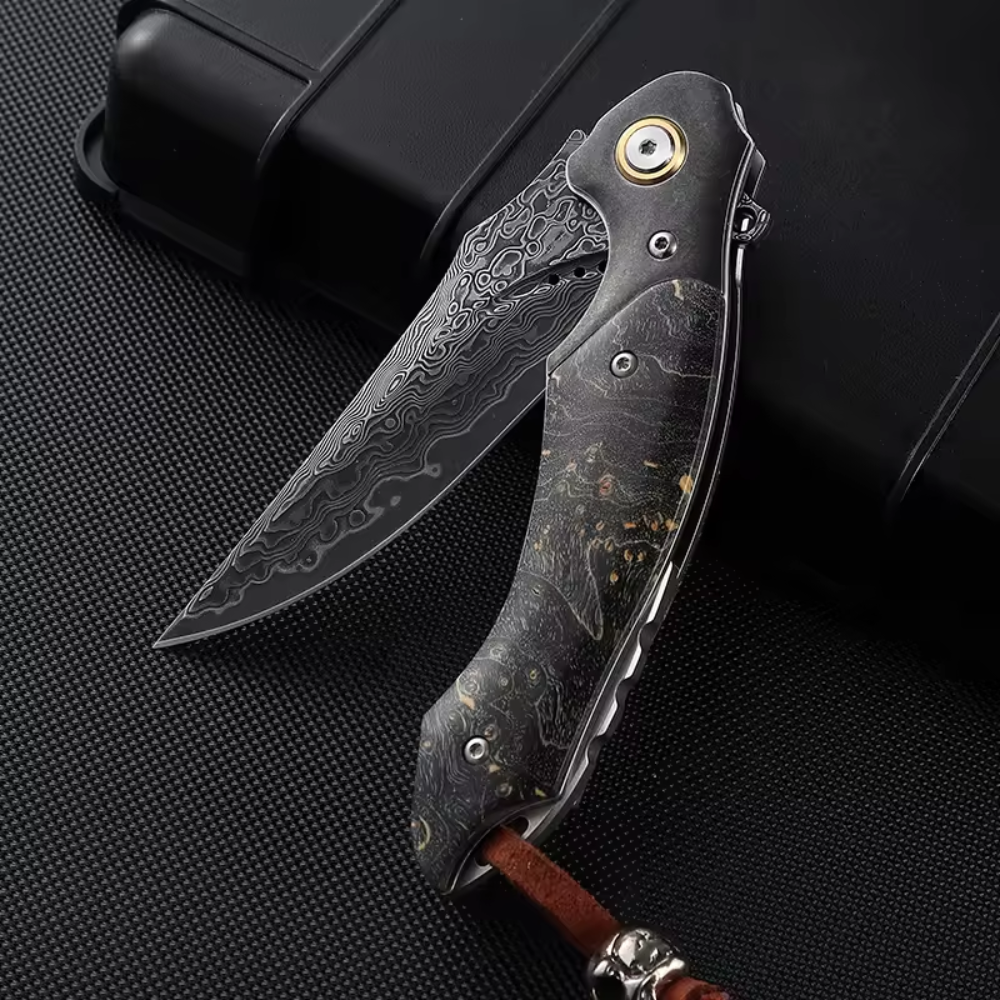
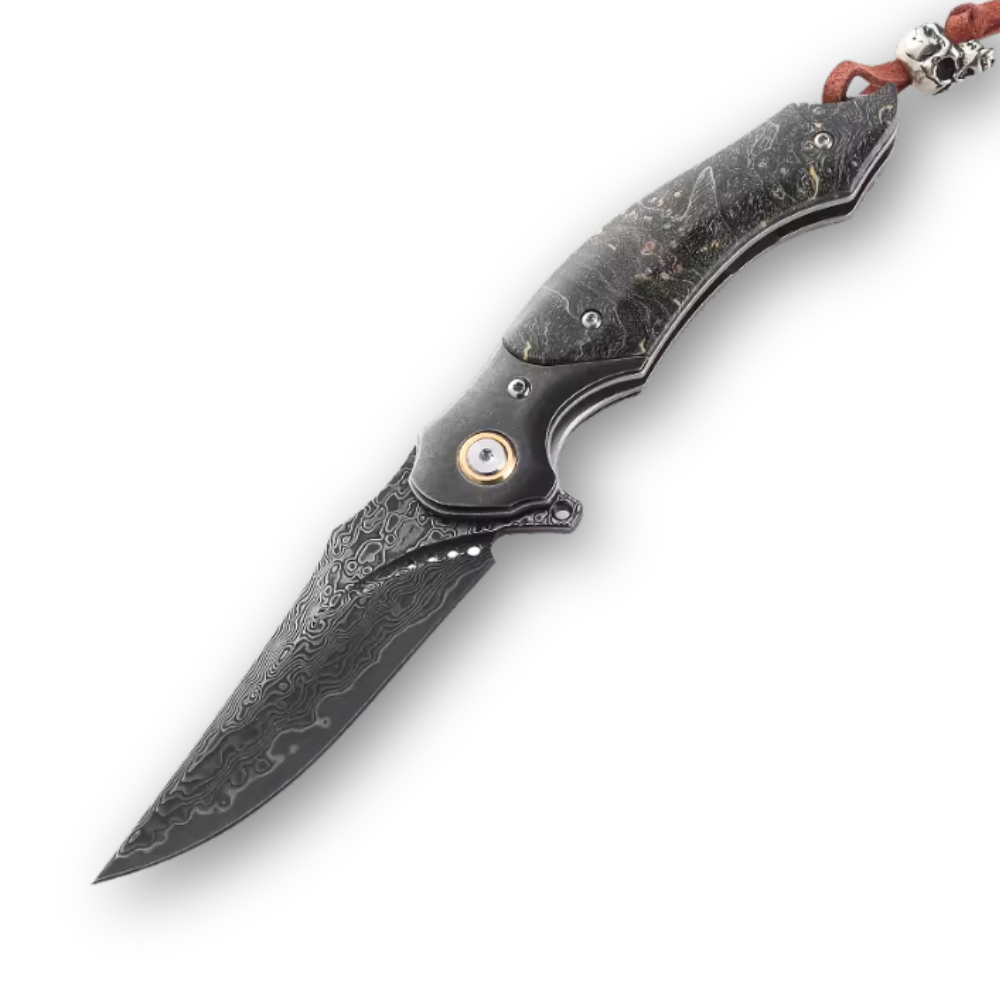
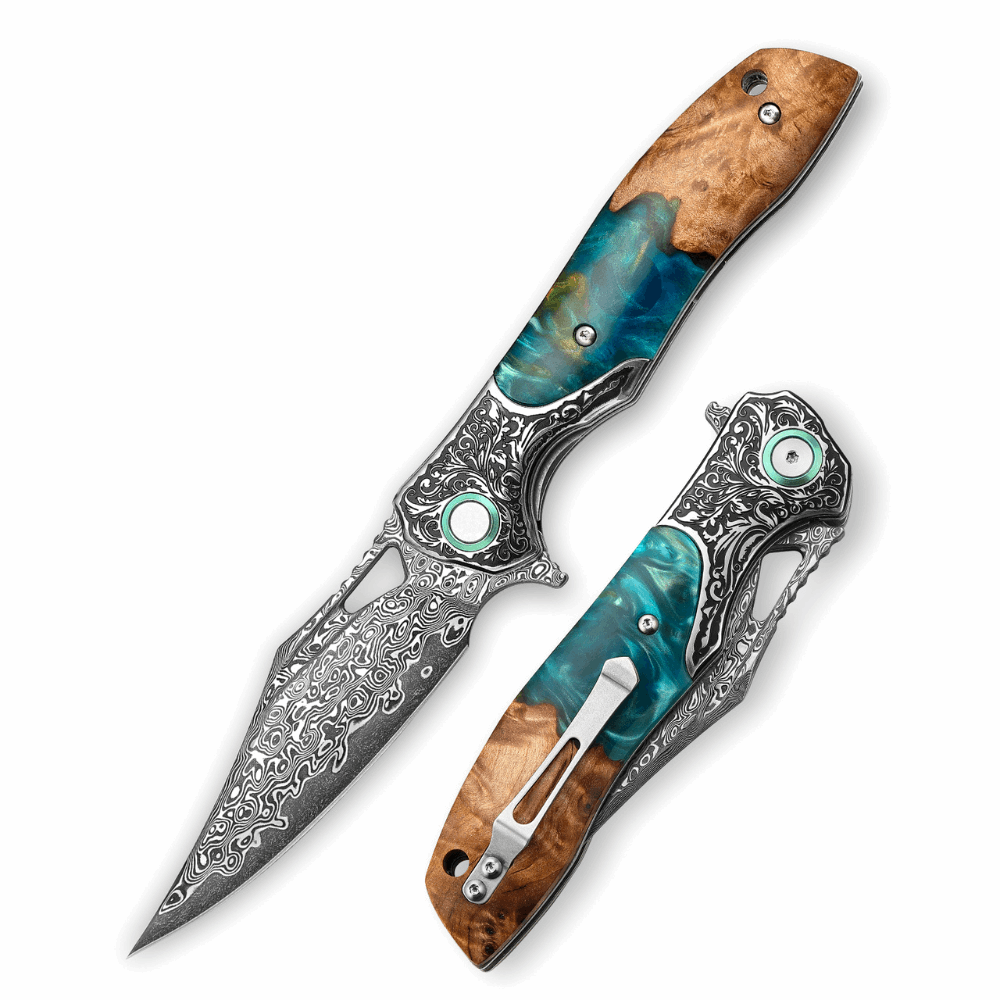
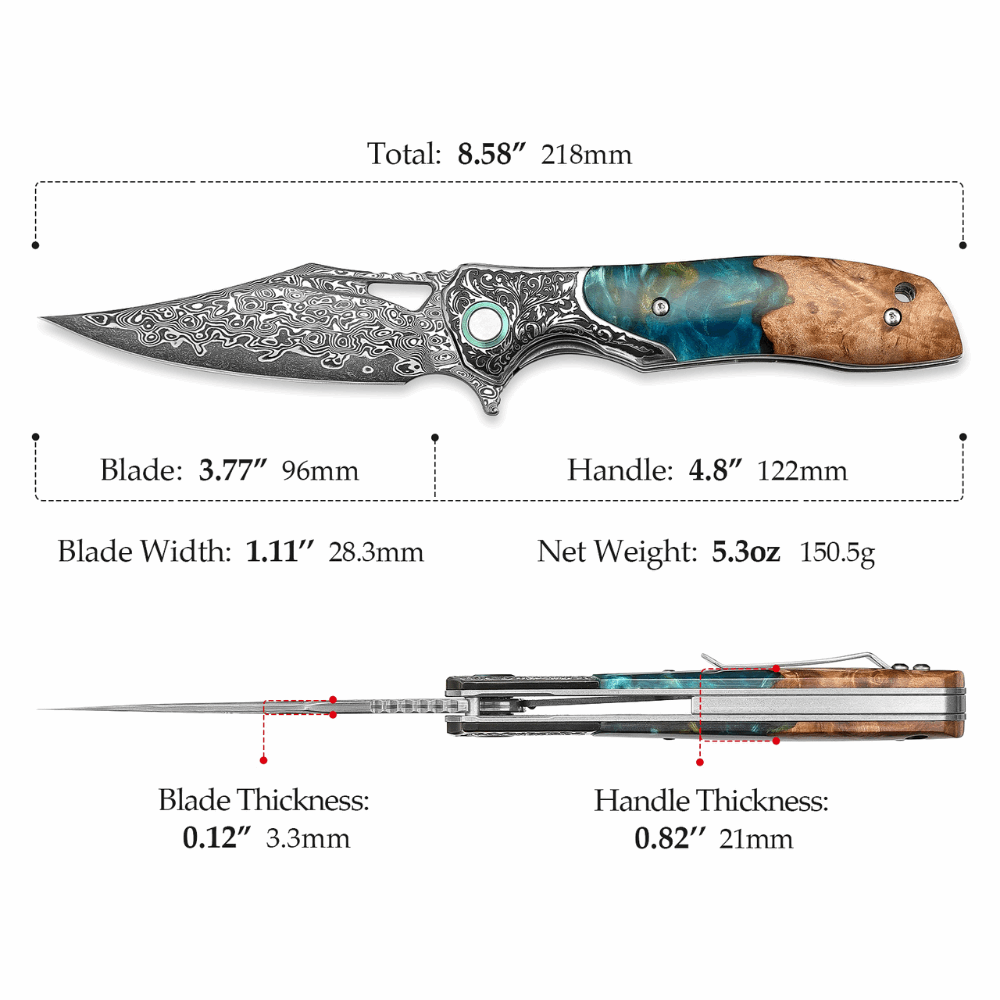
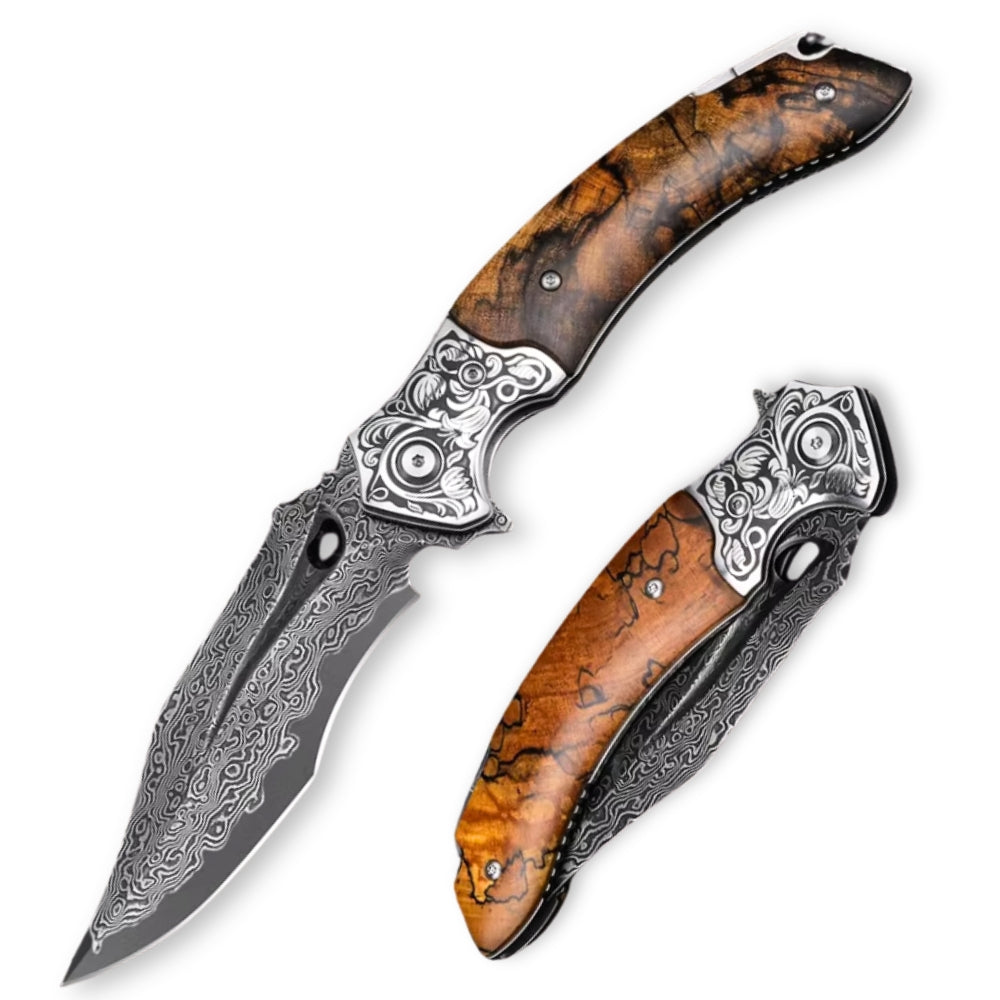
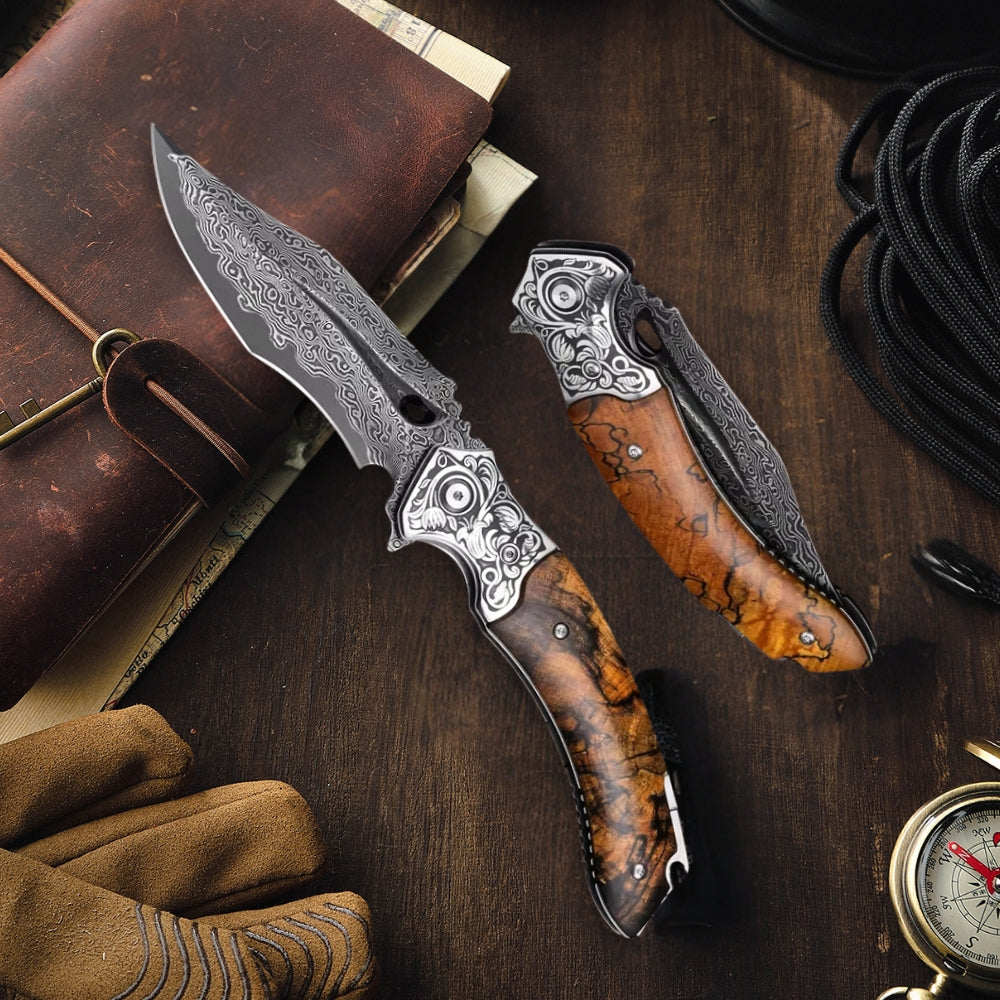
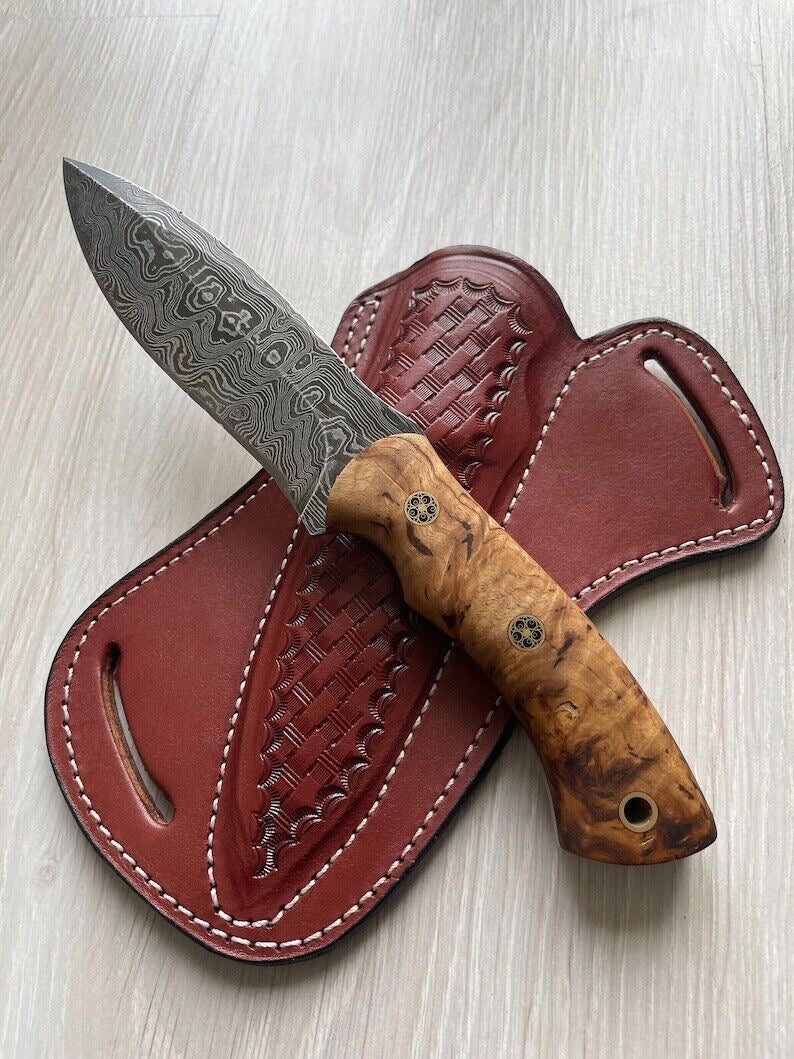
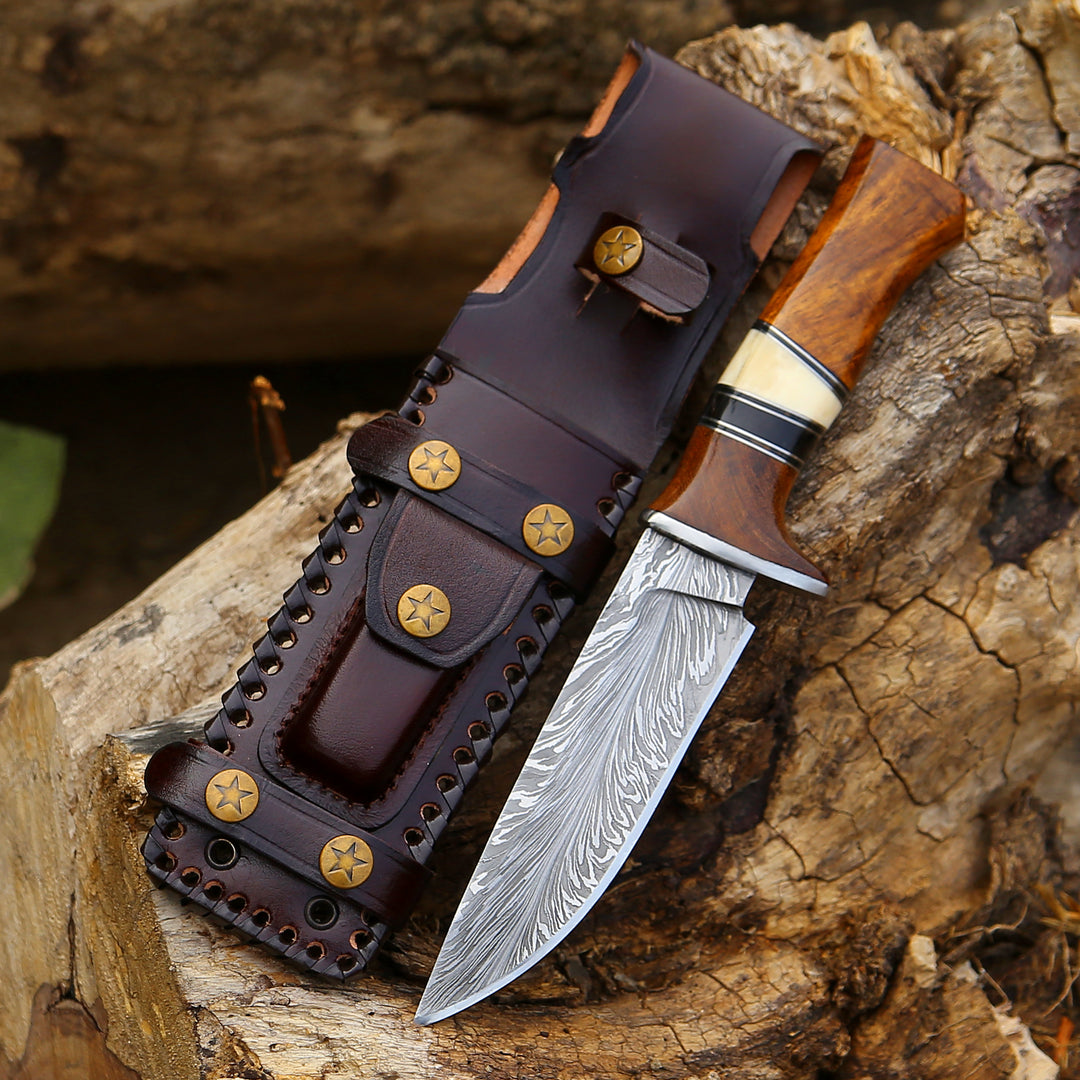

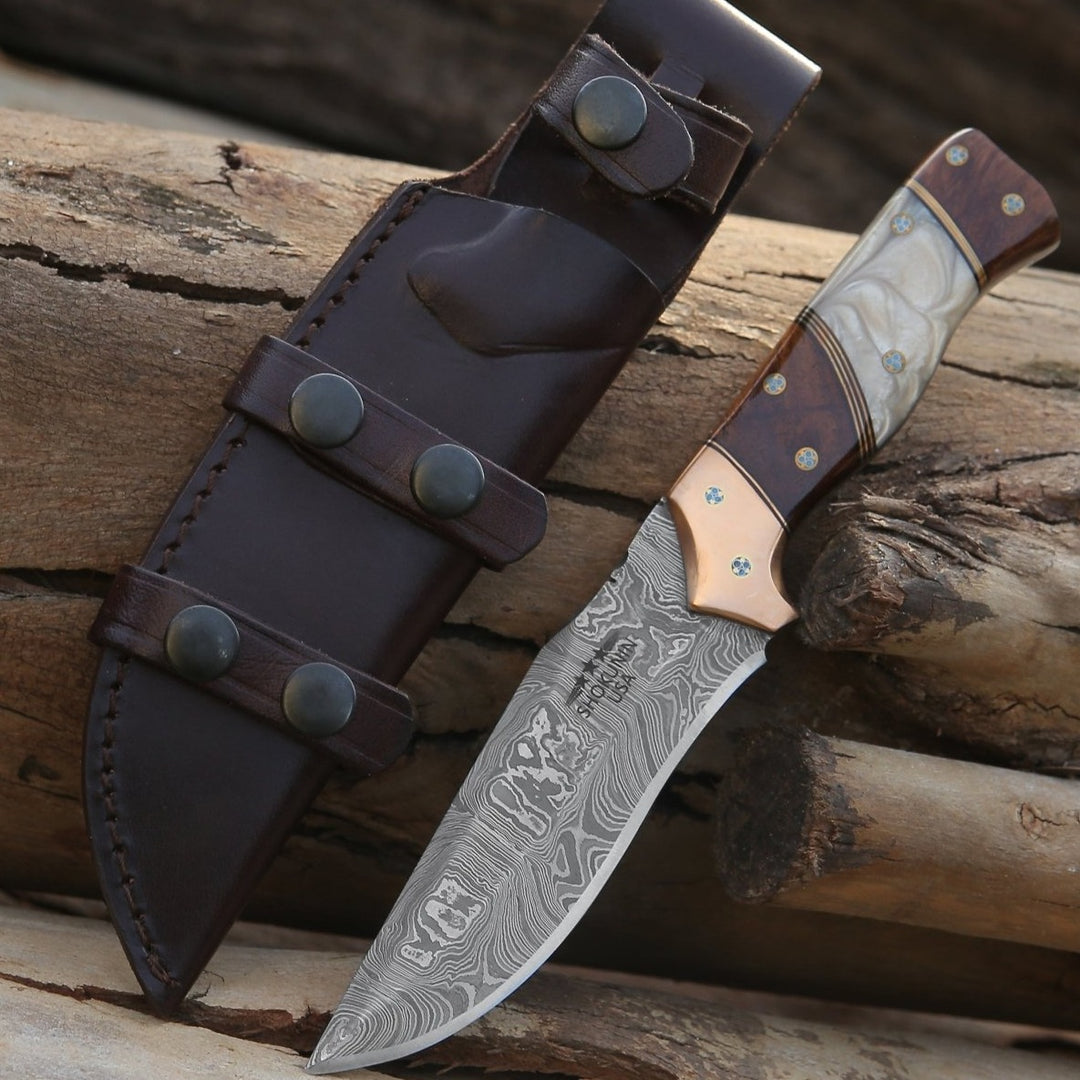
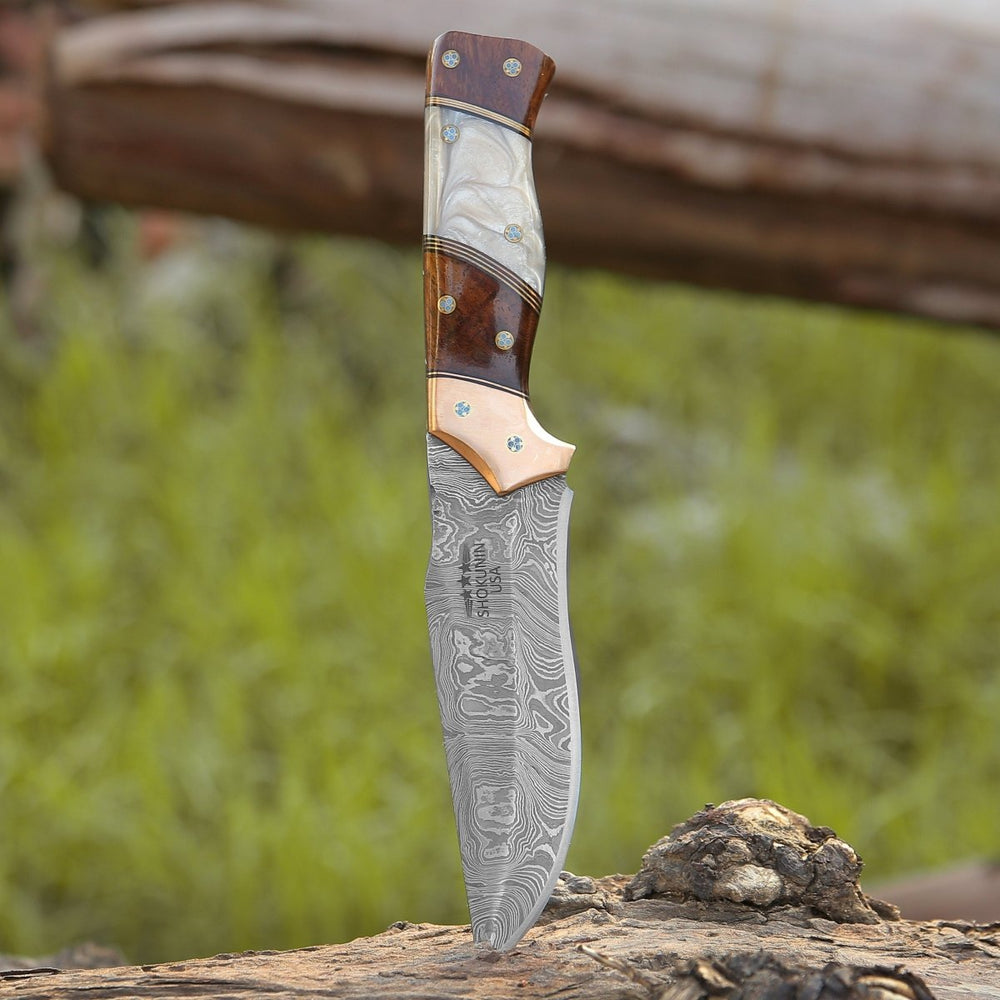

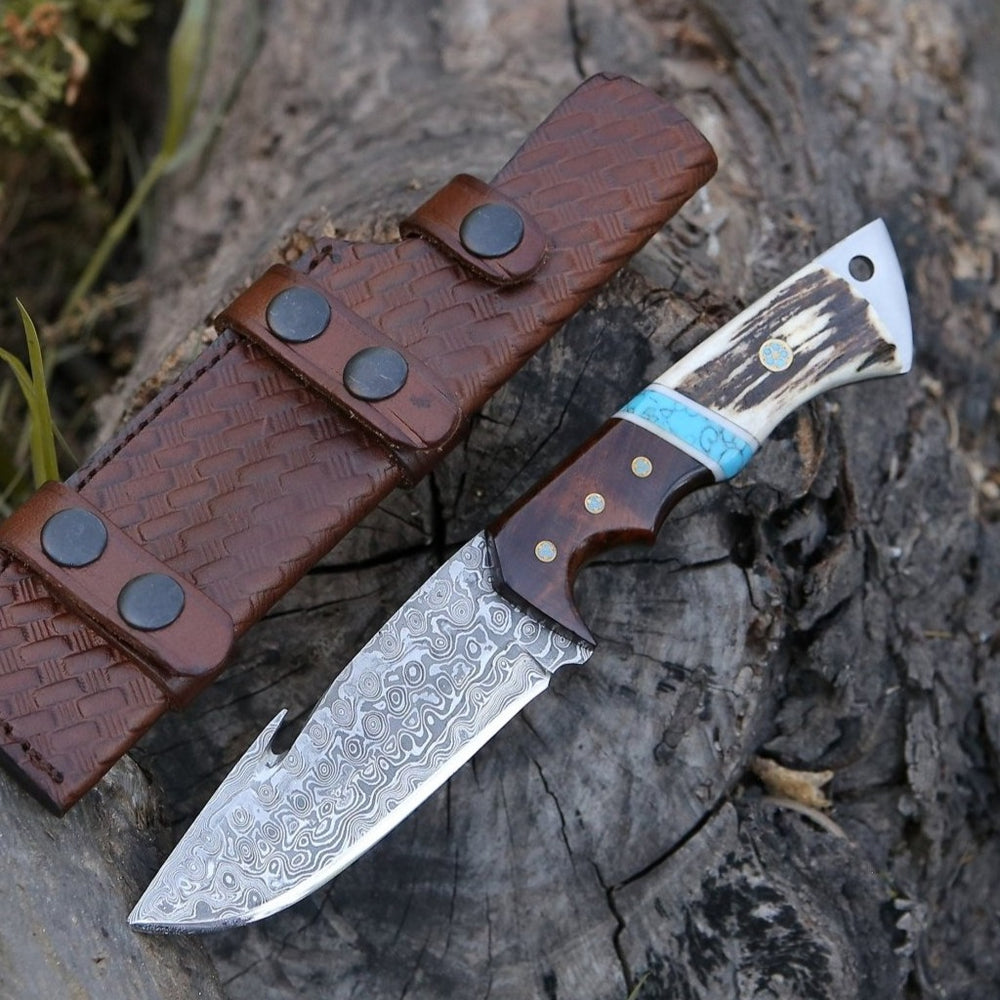
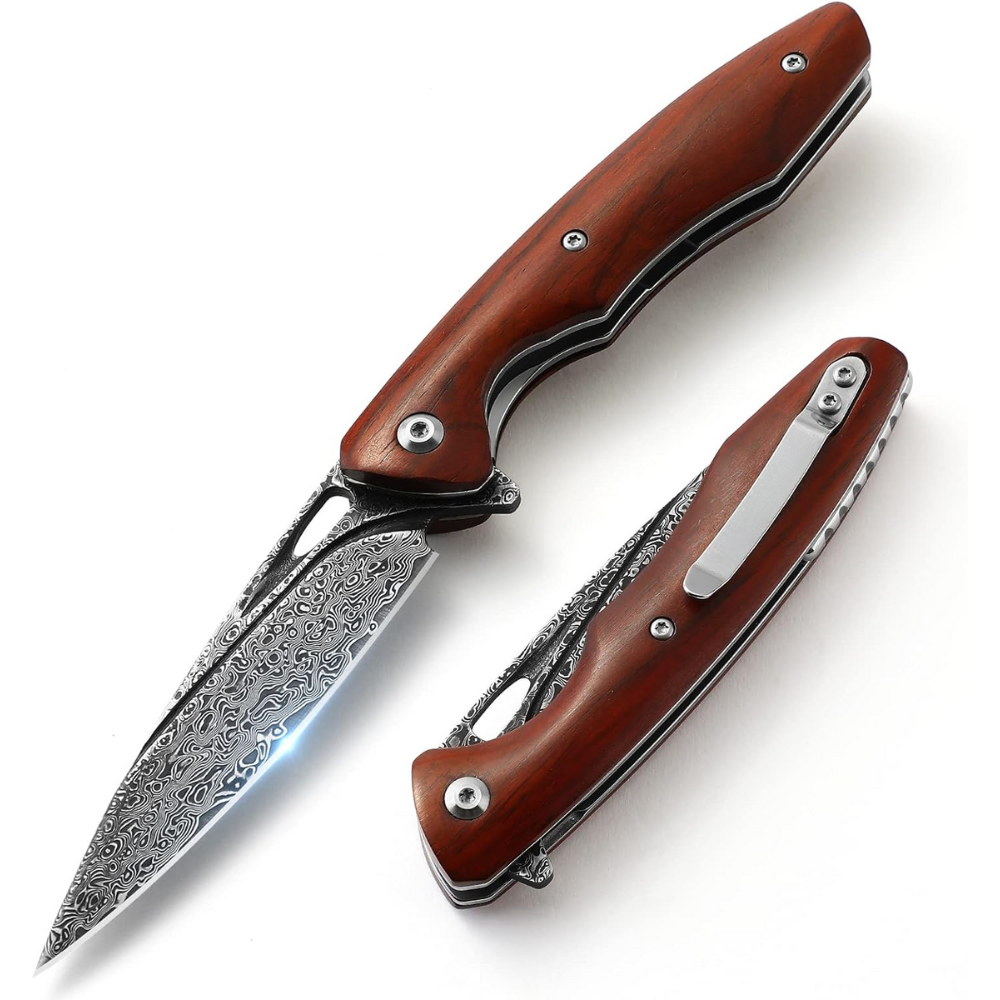
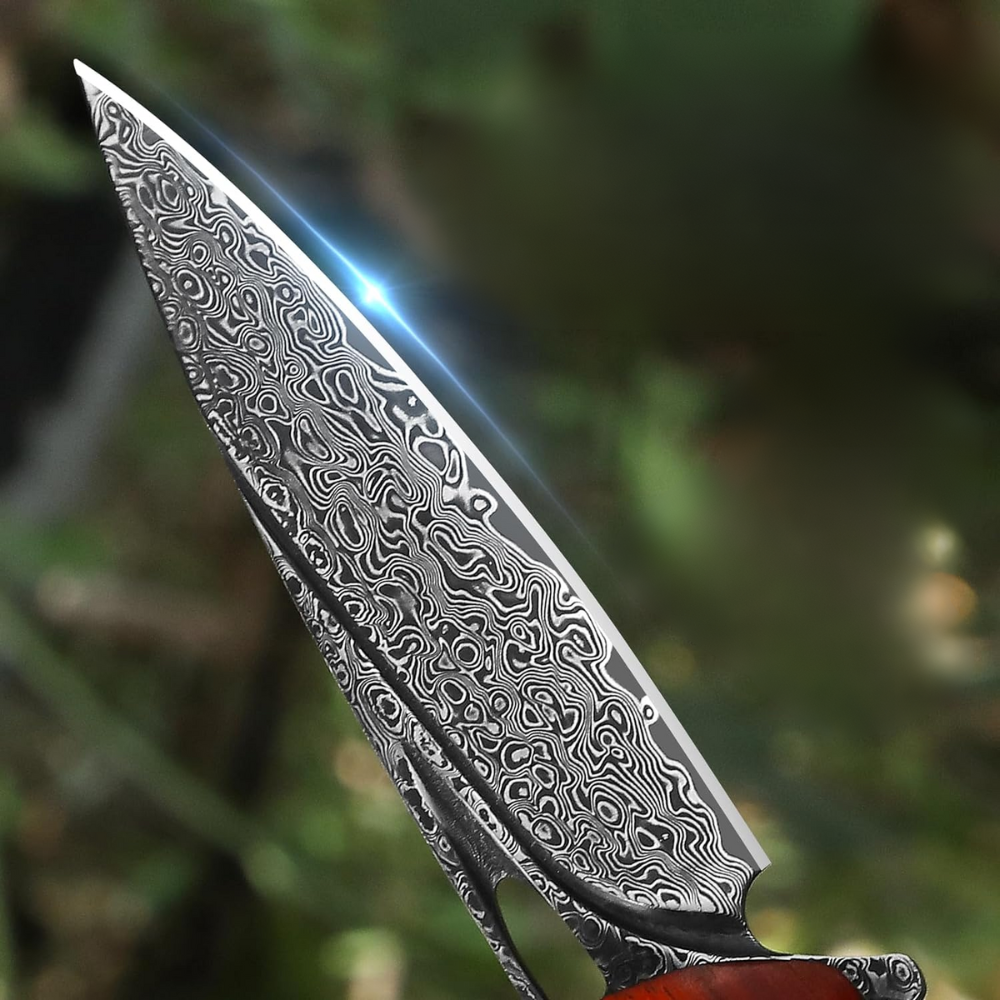
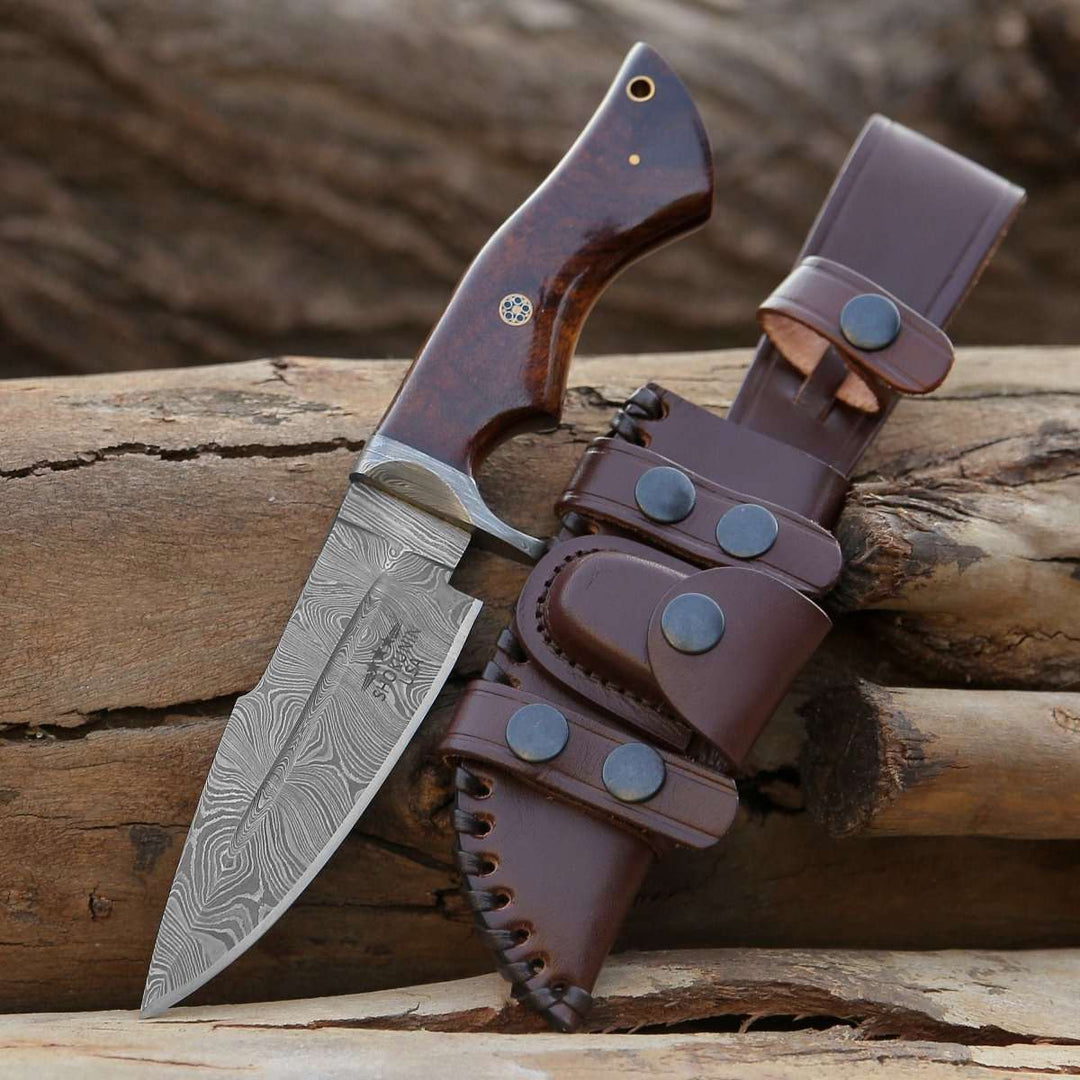
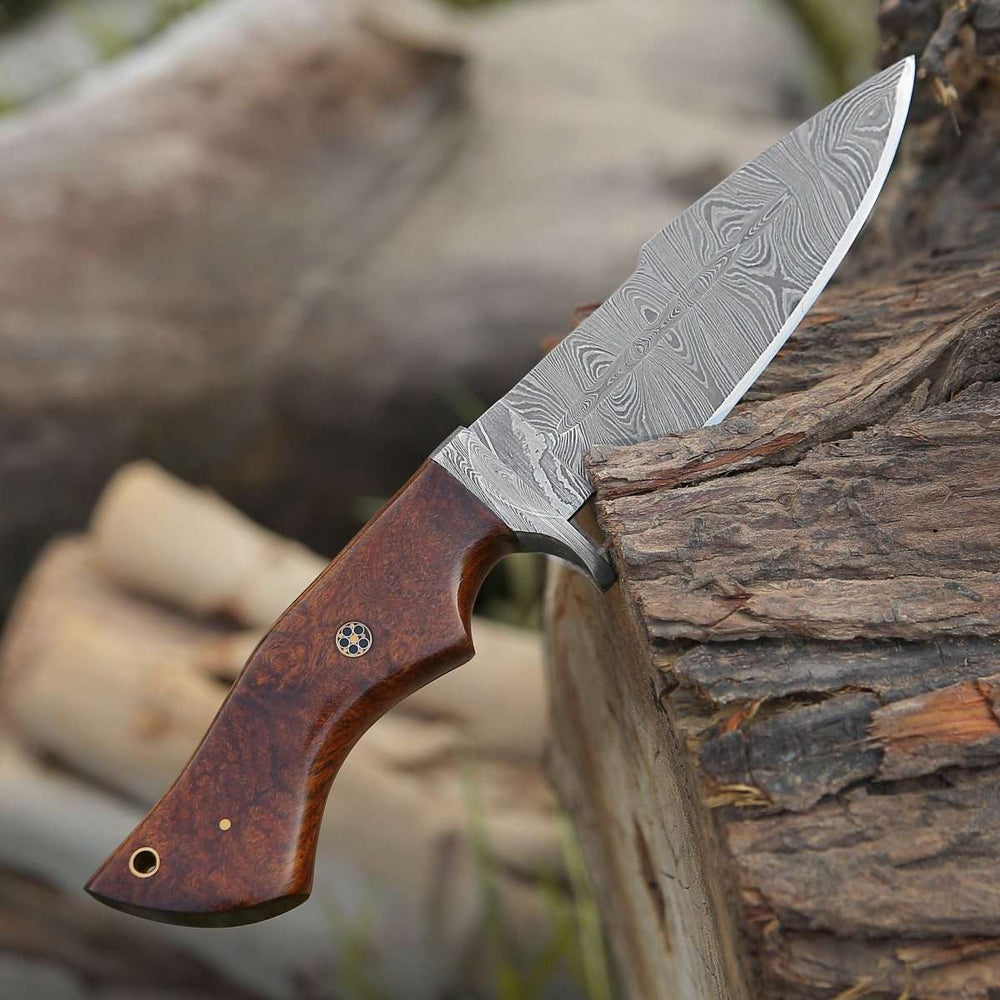
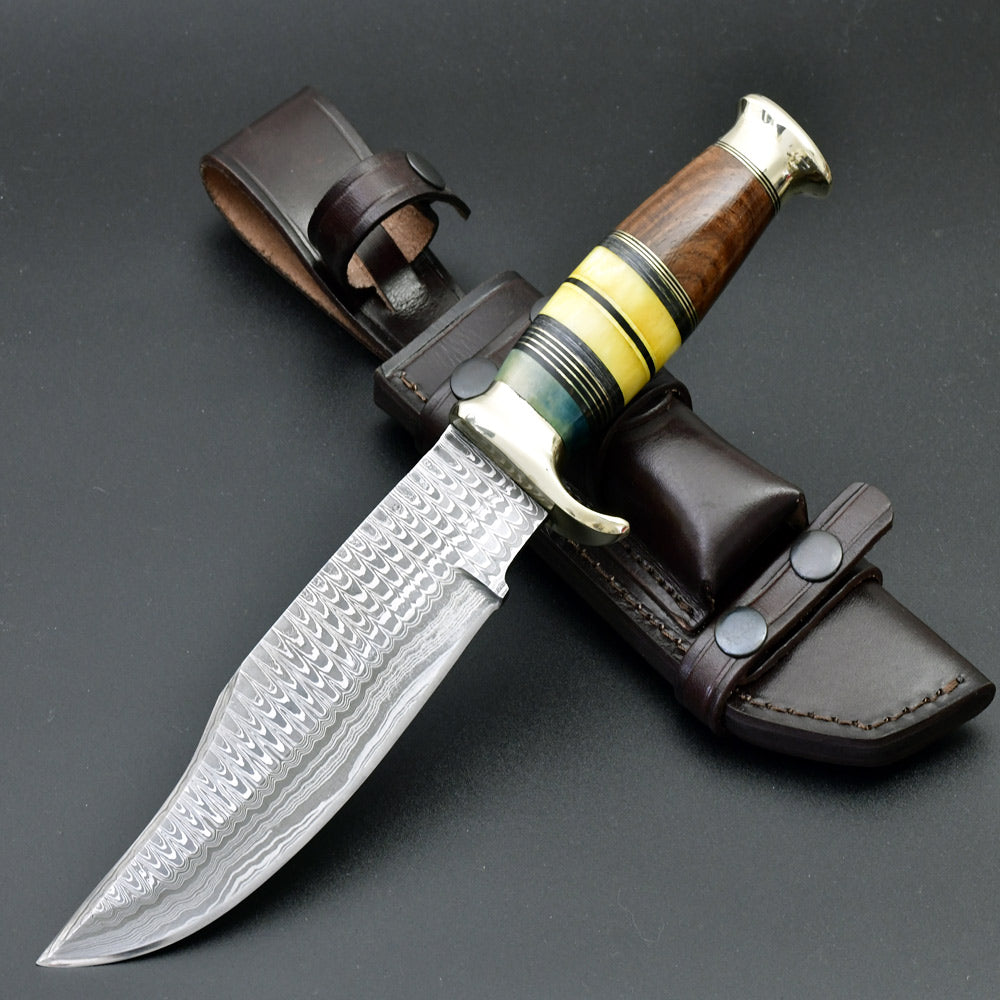
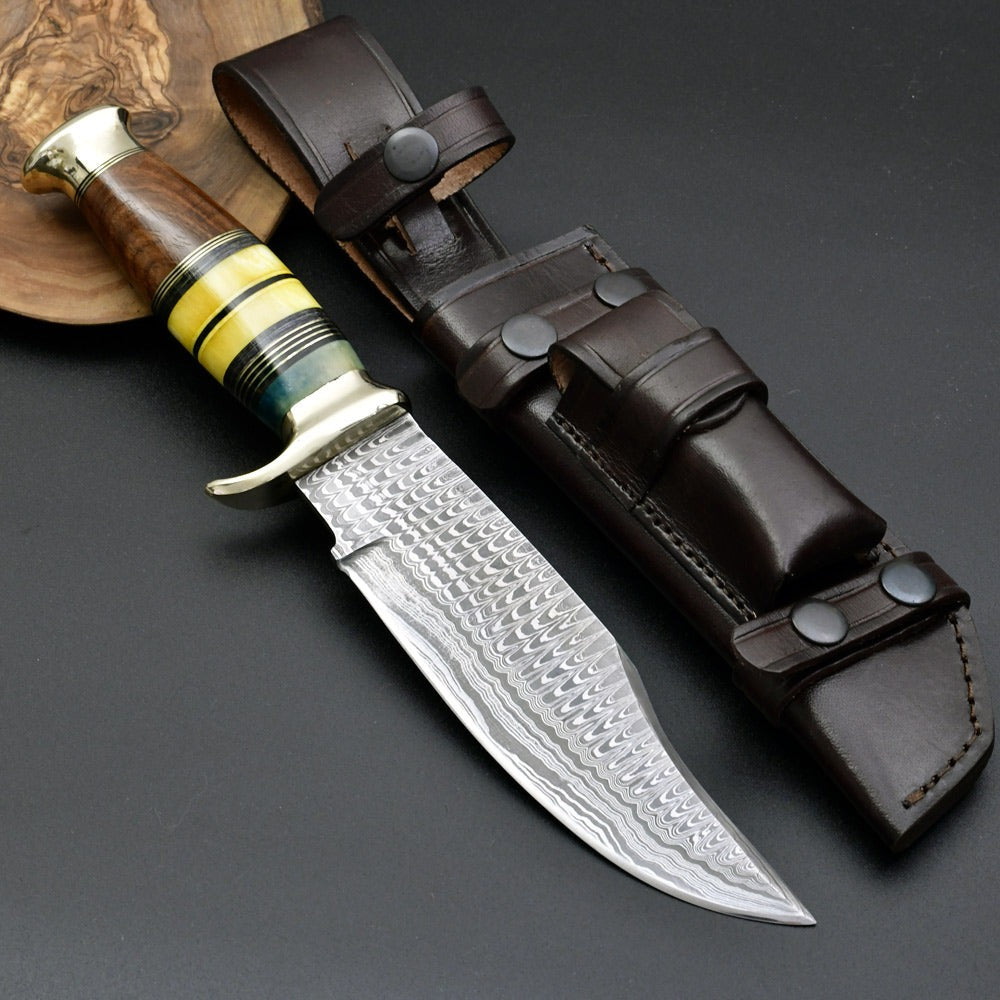
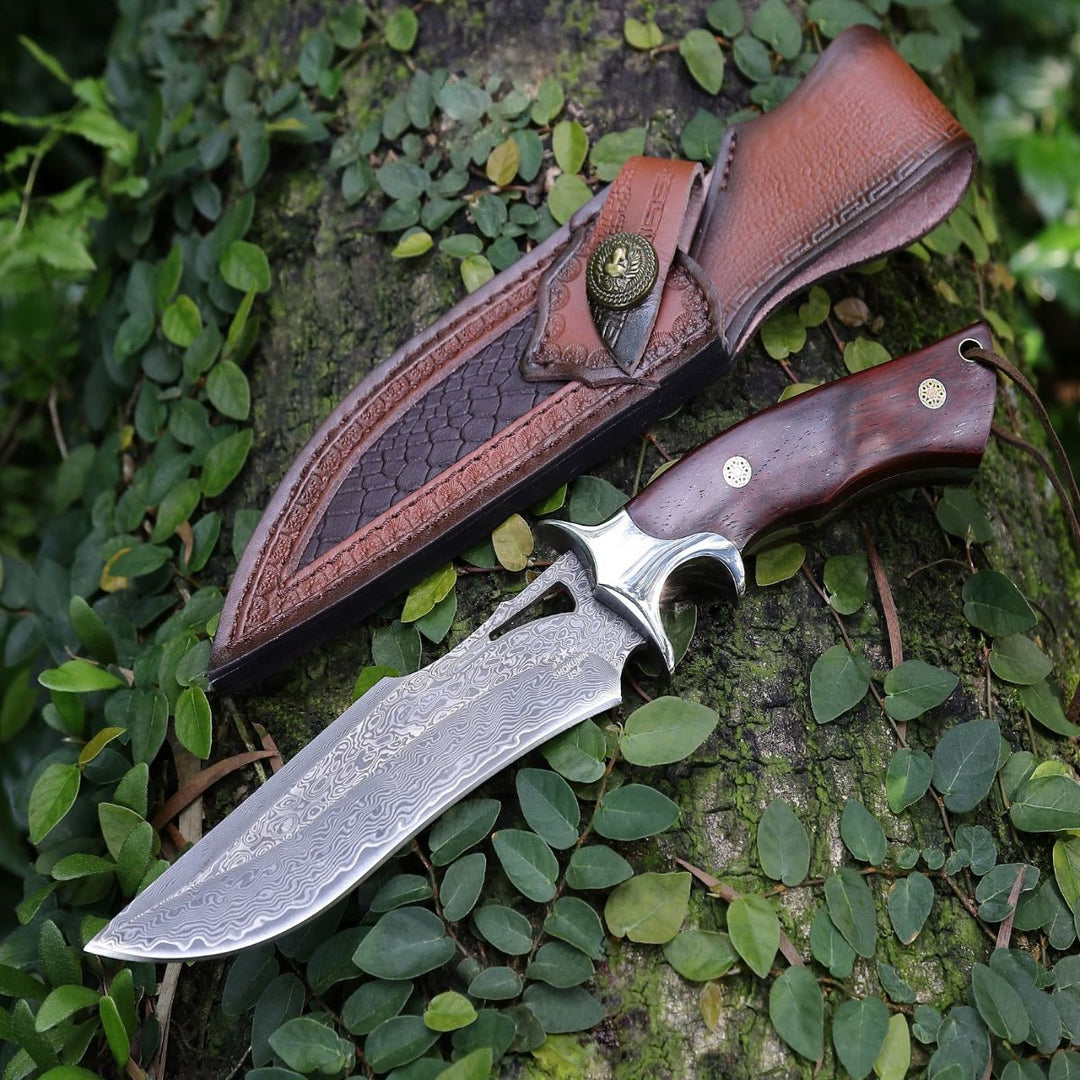
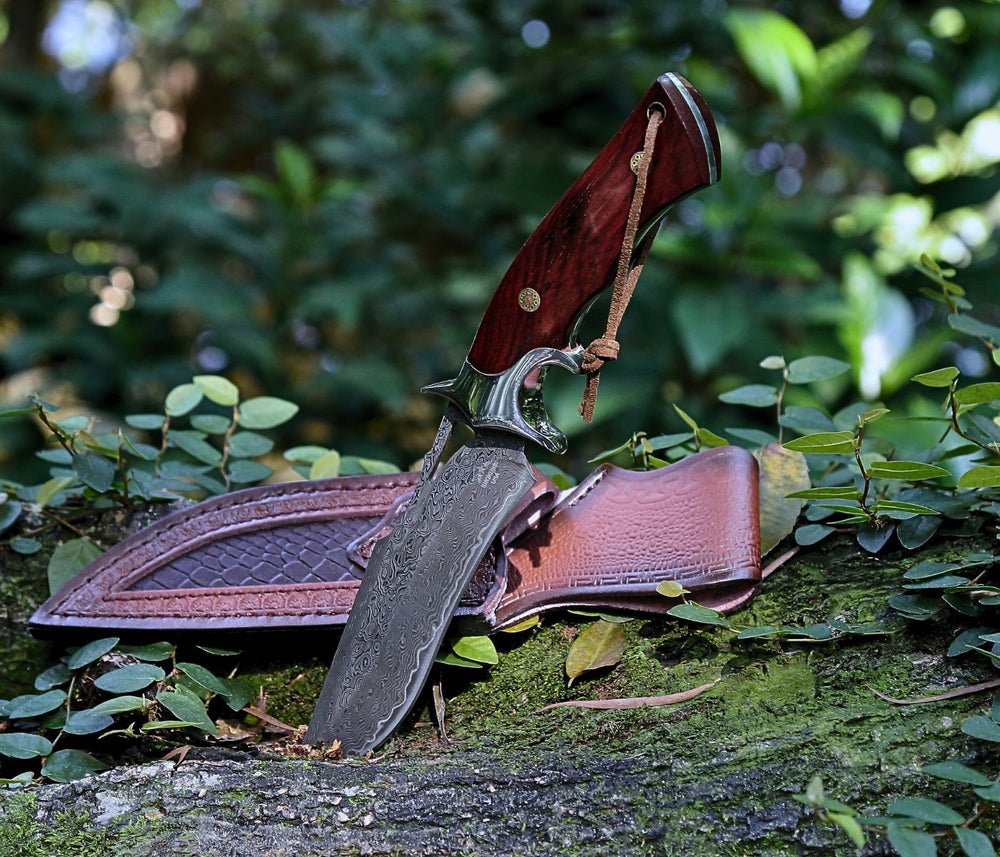
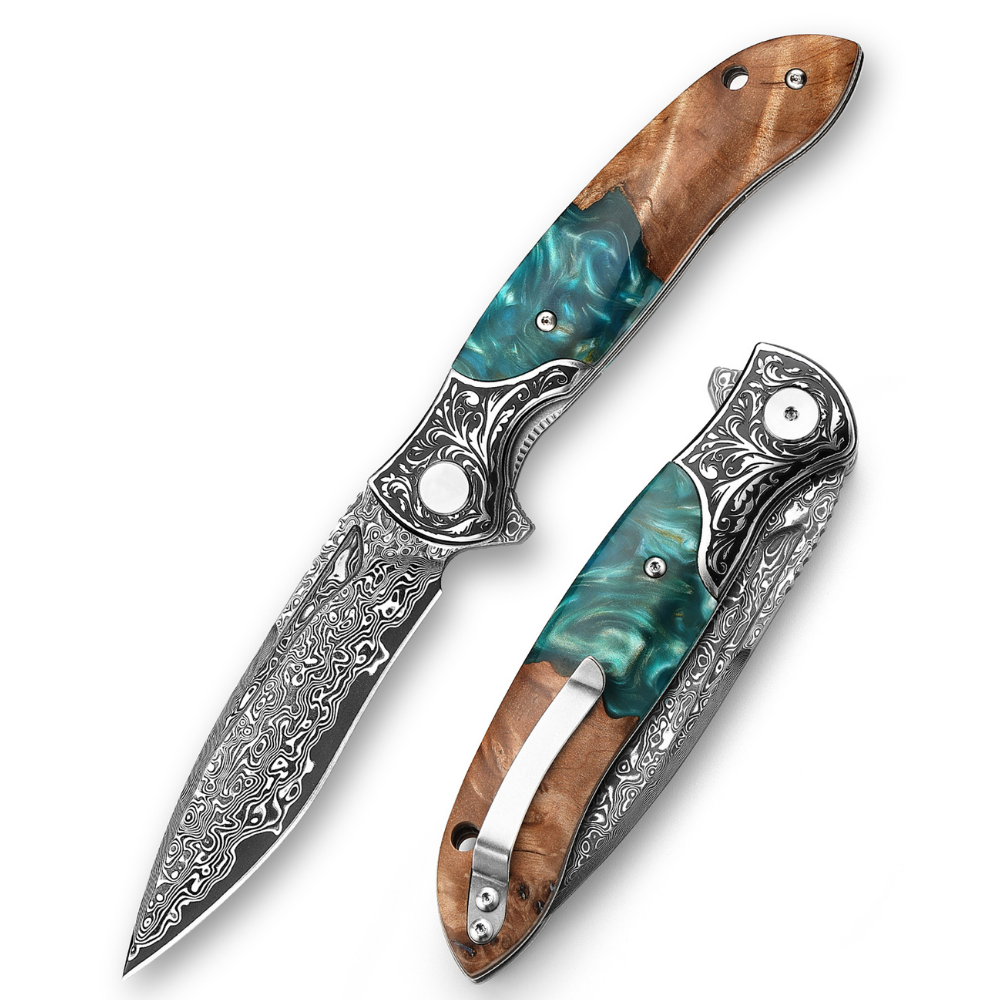
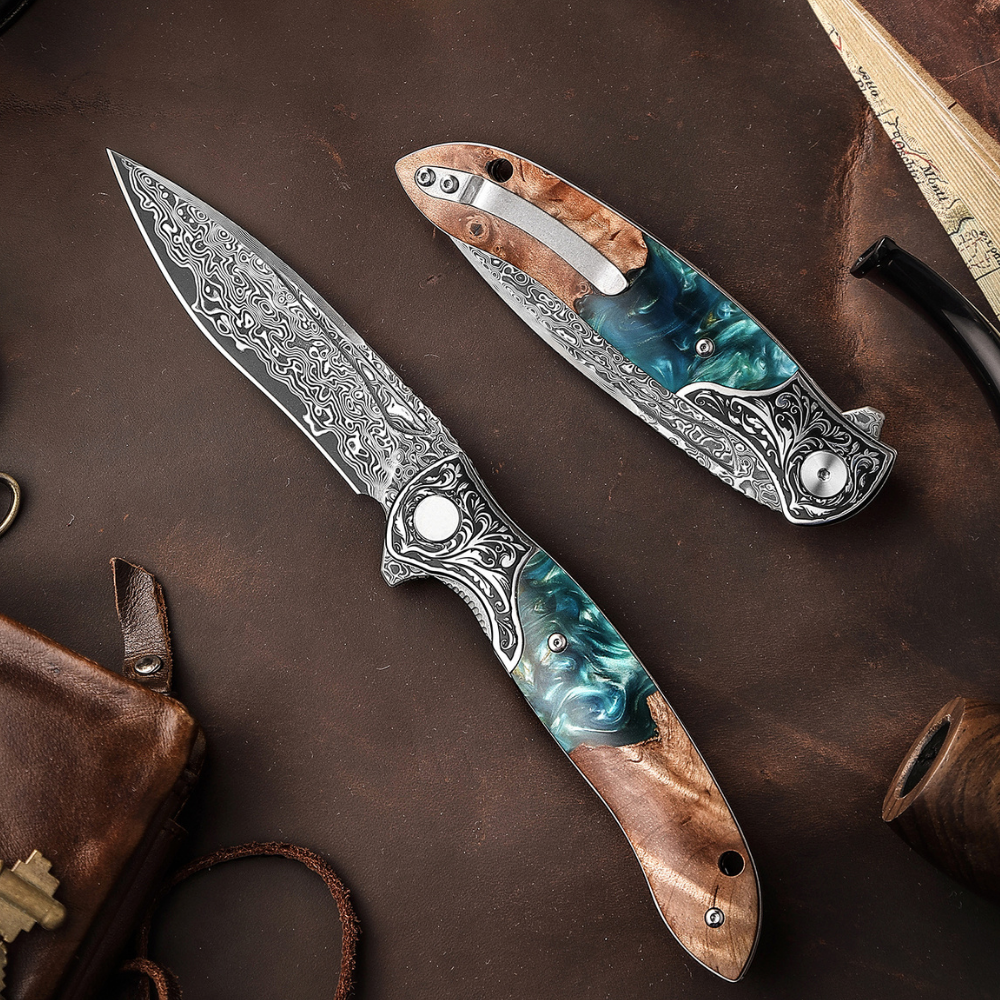
Hinterlassen Sie einen Kommentar